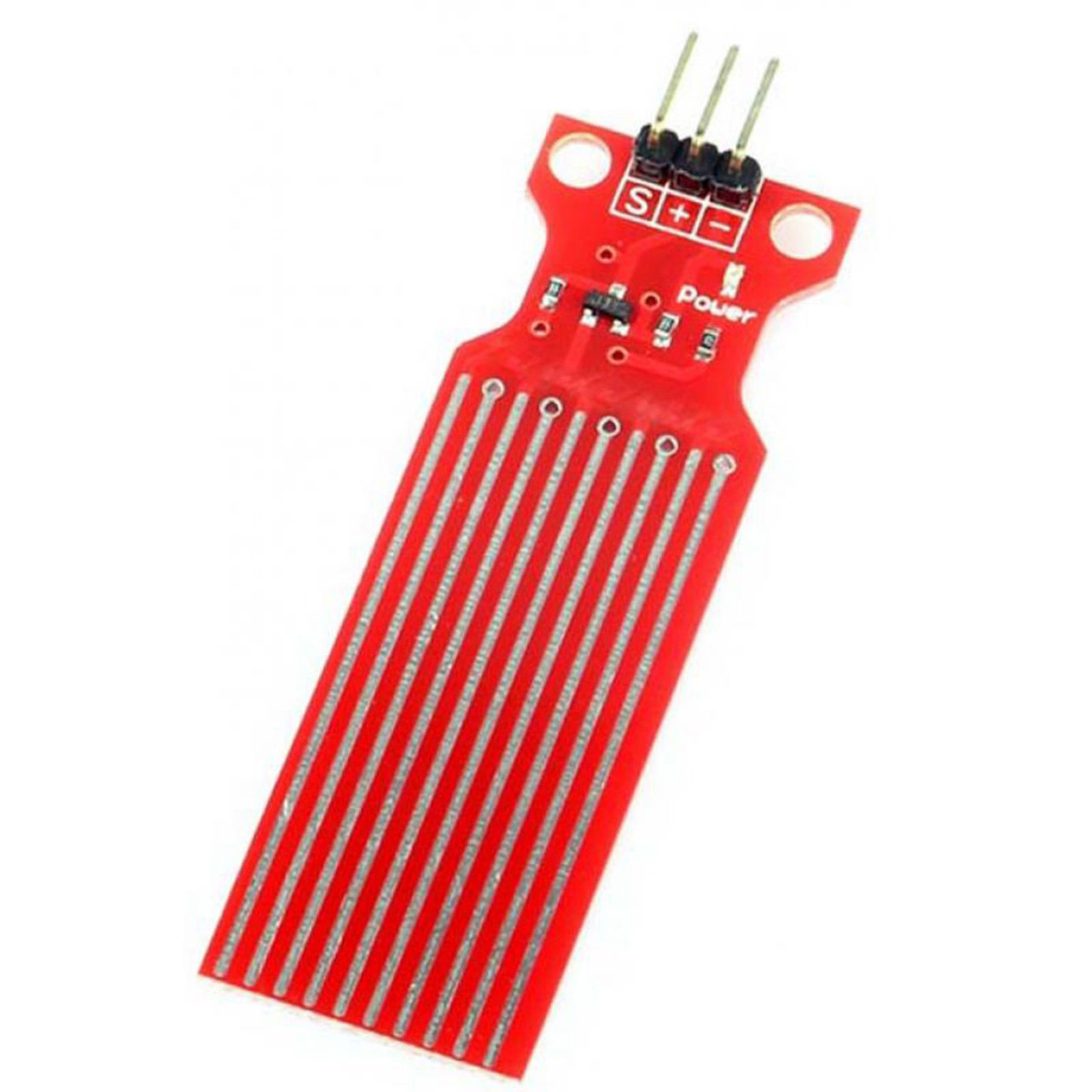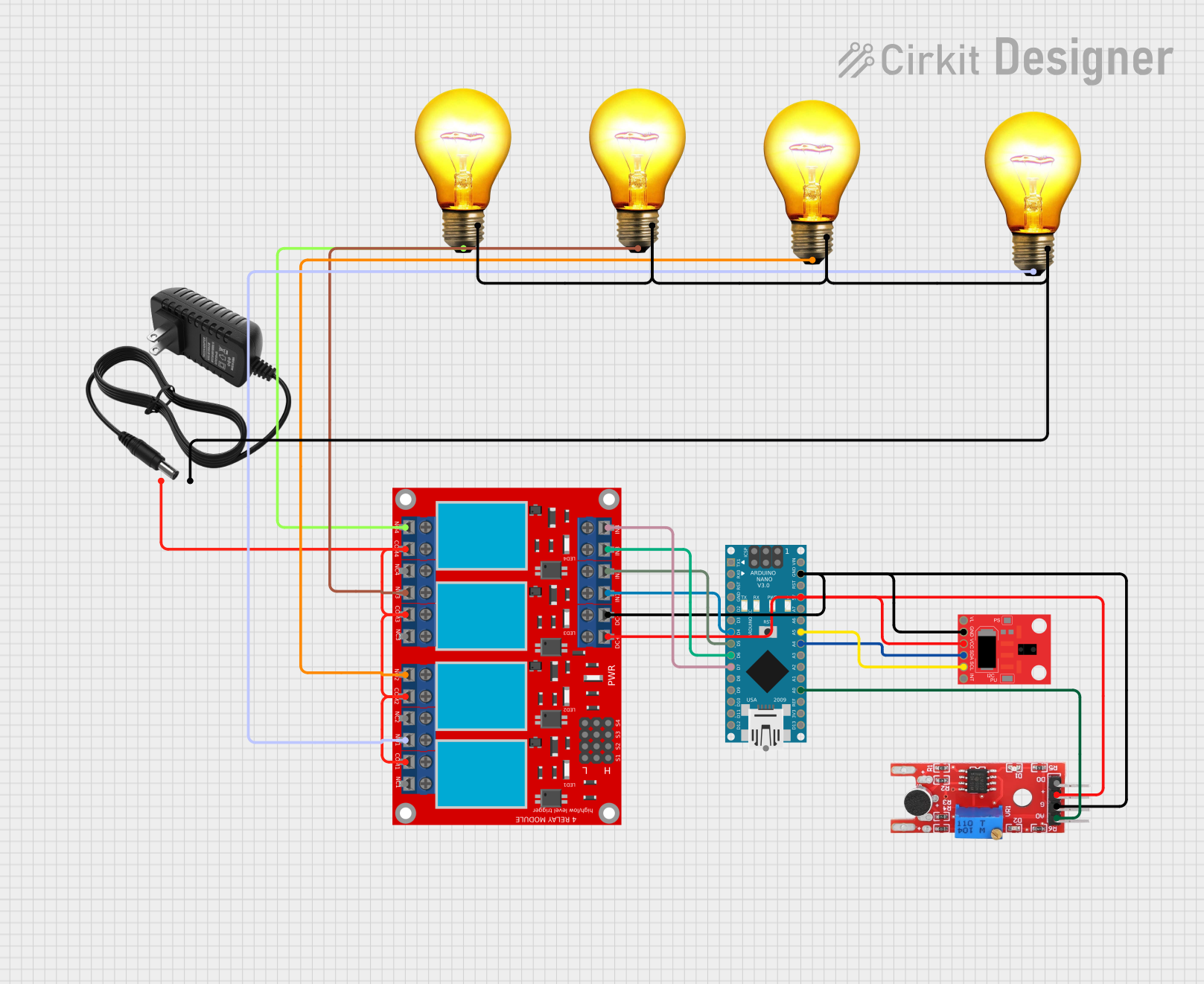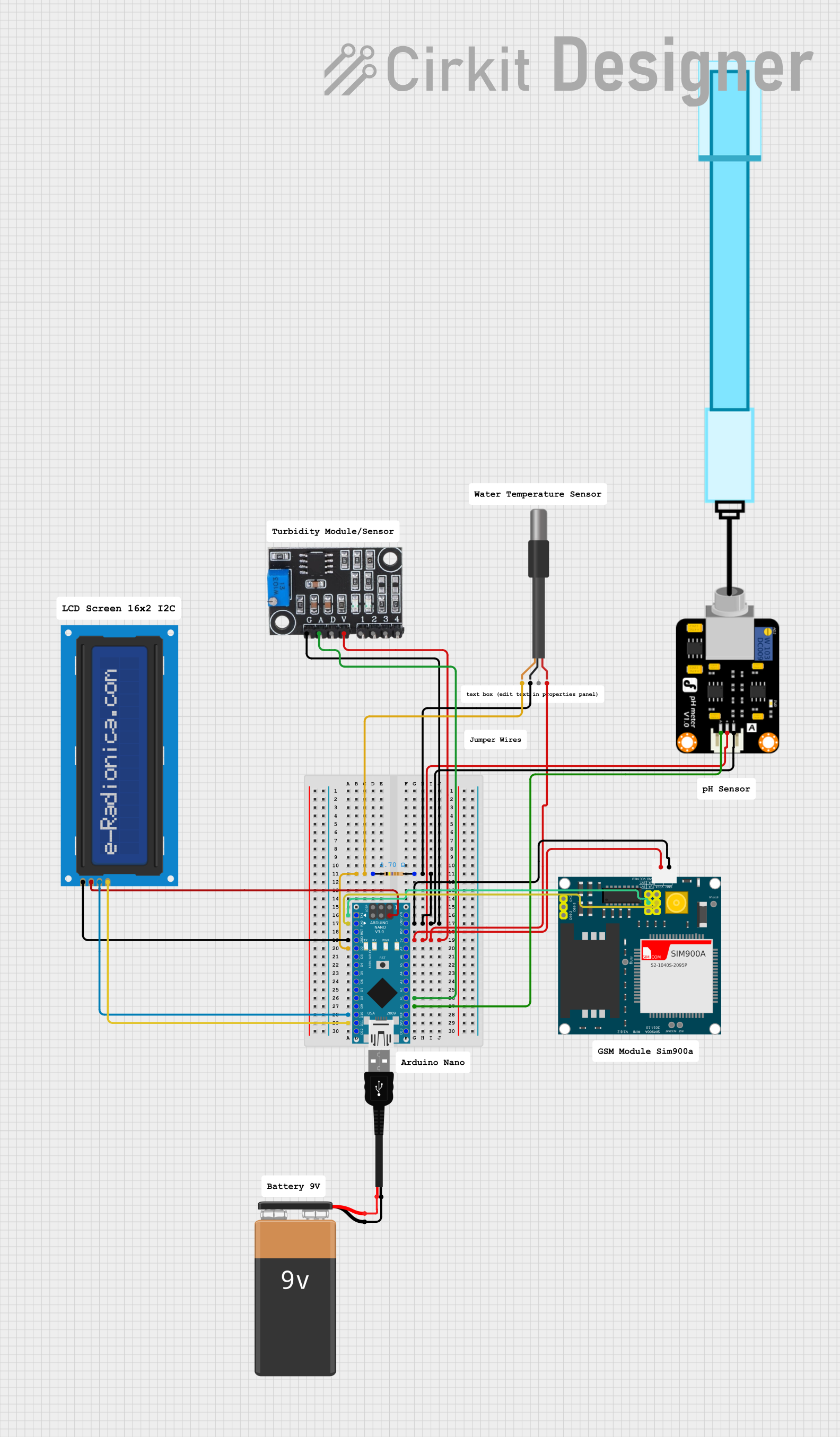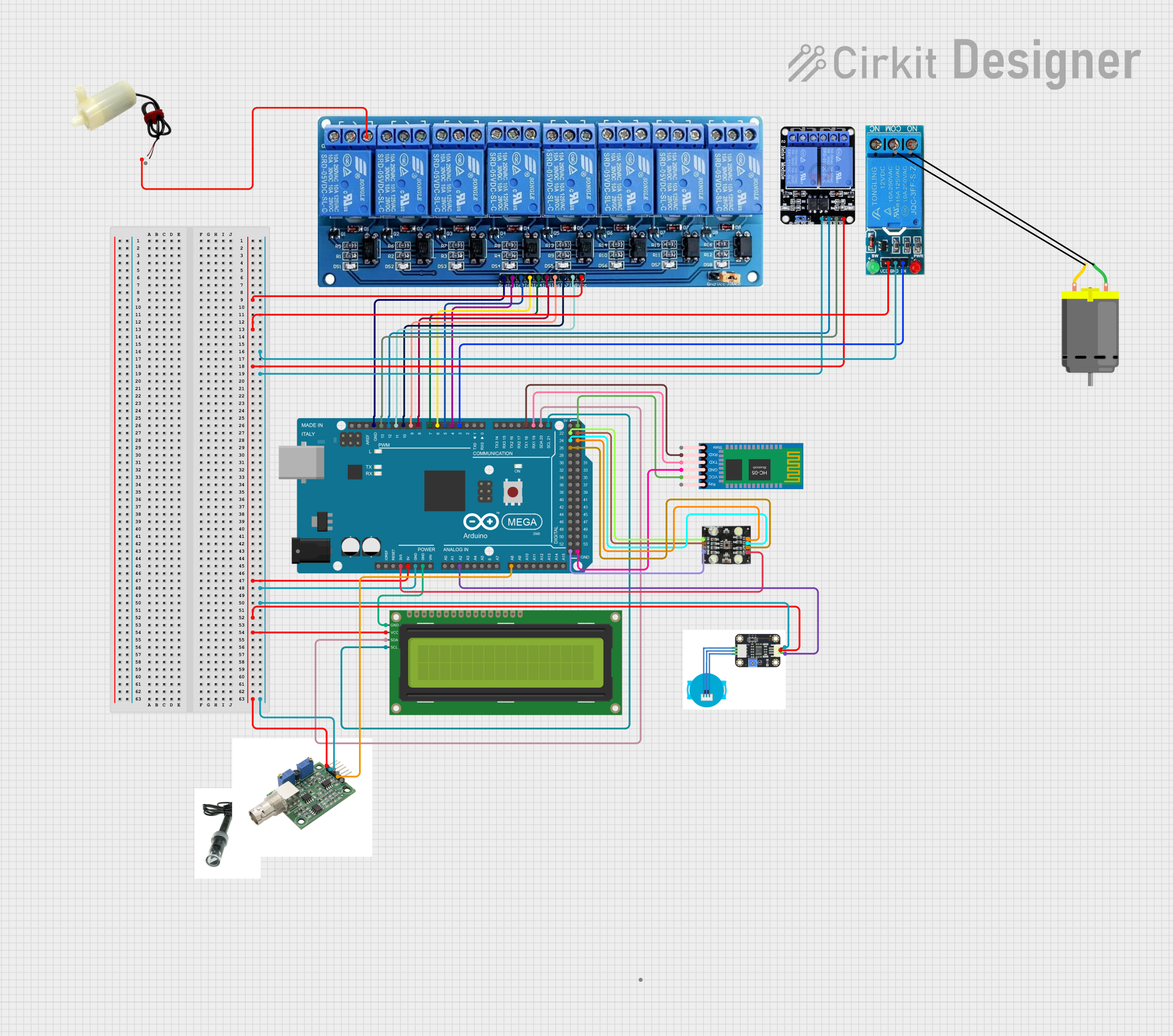
How to Use AB: Examples, Pinouts, and Specs

 Design with AB in Cirkit Designer
Design with AB in Cirkit DesignerIntroduction
The AB component, manufactured by AE with the part ID 120-23, is a versatile electronic device designed for a variety of applications. This component is commonly used in systems where an audible alert is necessary, such as in alarm systems, timers, and confirmation signals for user input on electronic devices.
Explore Projects Built with AB

 Open Project in Cirkit Designer
Open Project in Cirkit Designer
 Open Project in Cirkit Designer
Open Project in Cirkit Designer
 Open Project in Cirkit Designer
Open Project in Cirkit Designer
 Open Project in Cirkit Designer
Open Project in Cirkit DesignerExplore Projects Built with AB

 Open Project in Cirkit Designer
Open Project in Cirkit Designer
 Open Project in Cirkit Designer
Open Project in Cirkit Designer
 Open Project in Cirkit Designer
Open Project in Cirkit Designer
 Open Project in Cirkit Designer
Open Project in Cirkit DesignerCommon Applications and Use Cases
- Alarm systems (e.g., fire, security)
- Timers and countdown devices
- User interface feedback for electronic devices
- Diagnostic and status indicators in machinery
Technical Specifications
The AB component is characterized by its ability to generate an audible sound when activated. Below are the key technical specifications and pin configuration details.
Key Technical Details
- Operating Voltage: 5V to 12V DC
- Current Consumption: 30mA (typical at 5V)
- Sound Output: 85dB at 10cm
- Resonant Frequency: 2.3kHz
- Operating Temperature: -20°C to 70°C
Pin Configuration and Descriptions
| Pin Number | Description |
|---|---|
| 1 | Positive Supply (V+) |
| 2 | Ground (GND) |
Usage Instructions
How to Use the AB Component in a Circuit
- Connect the positive supply pin (Pin 1) to a 5V to 12V DC power source.
- Connect the ground pin (Pin 2) to the common ground of the circuit.
- To activate the AB component, apply the rated voltage to the positive supply pin.
Important Considerations and Best Practices
- Ensure that the voltage does not exceed the maximum rating of 12V DC to prevent damage.
- The AB component should be mounted securely to prevent vibrations that may affect sound output.
- Avoid exposure to moisture as it may affect the functionality of the component.
Troubleshooting and FAQs
Common Issues
- No Sound Output: Ensure that the power supply is within the rated voltage and that connections are secure.
- Low Sound Output: Check if the voltage is too low or if there is an obstruction in the sound path.
- Intermittent Sound: Verify that there are no loose connections and that the component is not being overdriven.
Solutions and Tips for Troubleshooting
- Double-check wiring against the pin configuration table.
- Measure the supply voltage with a multimeter to ensure it falls within the specified range.
- Inspect the AB component for any physical damage that may affect its operation.
FAQs
Q: Can the AB component be driven directly by a microcontroller pin?
A: Yes, if the microcontroller can supply sufficient current at the rated voltage.
Q: Is the AB component polarized?
A: Yes, it has a positive and a negative terminal, and correct polarity must be observed.
Q: Can I use the AB component with an Arduino UNO?
A: Yes, the AB component can be used with an Arduino UNO. Ensure that you connect it to a digital pin capable of providing the required current.
Example Code for Arduino UNO
// Define the pin connected to the AB component
const int abPin = 8; // Connect the AB component to digital pin 8
void setup() {
pinMode(abPin, OUTPUT); // Set the AB pin as an output
}
void loop() {
digitalWrite(abPin, HIGH); // Turn on the AB component
delay(1000); // Wait for 1 second
digitalWrite(abPin, LOW); // Turn off the AB component
delay(1000); // Wait for 1 second
}
This simple Arduino sketch will turn the AB component on and off in one-second intervals, producing a beeping sound.
Remember to ensure that the AB component's current requirements do not exceed the sourcing capabilities of the Arduino UNO's digital pin. If the current requirement is too high, you may need to use a transistor to switch the AB component on and off.